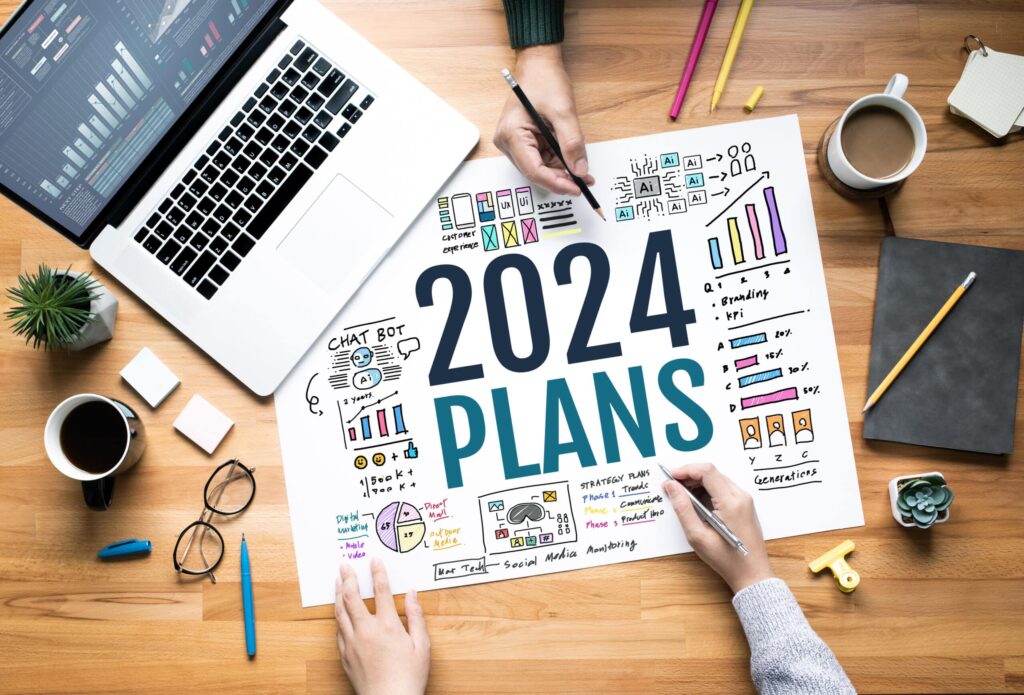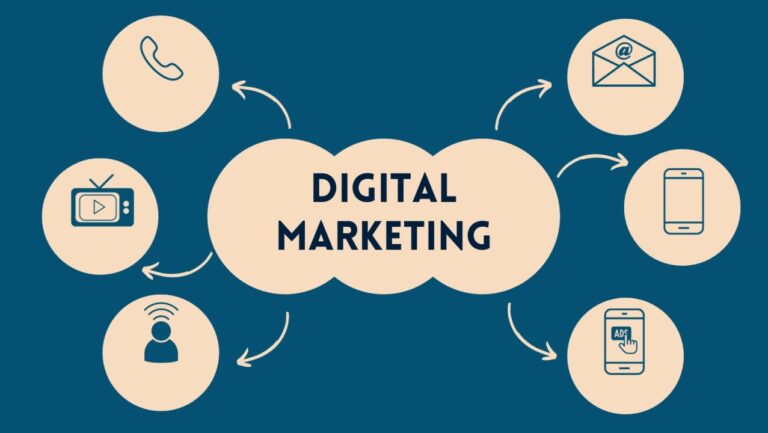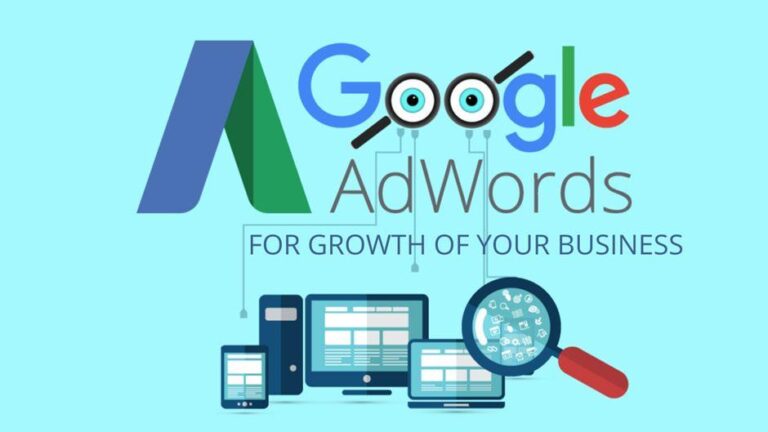What Are the Success Factors of Digital Marketing?

A Realistic Framework

The first step entails delineating your plan. This can be accomplished through various methods, such as content mapping, creating timelines, and formulating editorial calendars. Numerous tools are available to facilitate content management and planning at this level. Establishing several realistic outcomes is crucial while allowing for some degree of uncertainty.
These should be based on carefully chosen key performance indicators (KPIs) aligned with your strategy and goals. Failure to select a subset of metrics to anchor your strategy may lead to deviations from your intended path. Keep the process as streamlined as possible for communication and delegation purposes, and establish a clear timeframe to maintain team focus.
Relevant KPIs
How do you set goals effectively? Identifying the appropriate metrics to focus on is essential for comprehending your results. Selecting the right KPIs, closely aligned with your key target areas, enables you to remain focused and discern which marketing initiatives yield results and which require refinement.
Consider the following factors when determining the most suitable KPIs:
- How does a particular KPI correlate with your goal?
- What precisely are you measuring?
- Is the measured metric reflective of actual user experience, and if so, how?
- How frequently do you need to monitor/report on specific metrics, and have you incorporated this into your plan?
The key to setting up these metrics effectively is recognizing that while they provide data, they also encapsulate human experience. Viewing your traffic as numbers and individuals is essential for devising a comprehensive sales and marketing strategy. Focus on metrics that genuinely narrate the story of your customer’s behavior and leverage this data to inform future adjustments. Ultimately, human behavior significantly influences your return on investment (ROI). Hence, always approach your strategy from the user experience (UX) perspective.
An Effective Funnel
Individuals with experience in traditional marketing or business backgrounds are likely familiar with a sales funnel—an iterative breakdown of each phase of the buyers’ journey. It typically comprises the following stages:
Outreach: Utilizing platforms like Facebook ads, landing pages, explainer videos, infographics, and content marketing.
Conversion: Leveraging tools such as social media, informative blog posts, case studies, and quizzes.
Closing: Employing strategies such as email series, reviews, and questionnaires.
Retention: Implementing tactics like exclusive offers, whitepapers, emails, contests, and surveys. The widest part, or top, of the funnel is where engagement, outreach, and brand awareness occur—a pivotal stage for capturing new traffic and re-engaging existing visitors.
This phase must be highly engaging, prioritizing relationship-building over immediate sales. A proficient content strategist or digital marketing specialist possesses the expertise to guide customers through each stage of the funnel, achieving high conversion rates. However, mastery often requires practice, so remain patient if success isn’t instantaneous.
Effective Content
Content transcends conventional blogs, tweets, and Facebook ads. To truly captivate your audience, you must embrace creativity and stay abreast of technological advancements and innovative approaches to audience engagement.
The essence of effective outreach and engagement lies in storytelling. Therefore, your strategy should revolve around a high-quality, valuable advertising campaign. What does this entail? Begin by establishing your core ads and service offerings, then craft content featuring compelling calls to action (CTAs) that guide users toward a purchase. Ensure your content is relatable, relevant, and beneficial to your audience.
Additionally, clearly understand how your content aligns with search engine optimization (SEO) and analytics patterns. Every piece of content you disseminate translates into data, making meticulous tracking essential. This encompasses understanding user experience intricacies.
Strategic Flexibility
Regardless of your overarching plan, it should accommodate flexibility. As you set flexible deadlines when delegating tasks or advising clients, allow ample room for time fluctuations and unforeseen events that could impact your workload or the business. It necessitates leaving blank spaces on your timeline to adapt as necessary.
Remain receptive to integrating relevant current events, viral competitor articles, or unexpected technological investments that may influence your strategy. Continuously monitor your plan’s progress and inquire:
- Where can improvements be made?
- Which KPIs are genuinely pertinent at this stage?
- Where is the bulk of traffic flowing?
- Which tools are proving most effective for organizational purposes?
Evergreen Content
Different types of content serve distinct purposes, requiring a diverse range of ideas in your content marketing strategy. While this may seem daunting, it’s manageable by preemptively gathering your content and organizing it according to keywords and tags.
Evergreen content refers to material created once but retains value across multiple applications and channels. Typically timeless and not event-specific, it is integral to your brand narrative, core message, and key offerings. Consider these strategies for developing enduring content:
- Transform old blogs into a PDF e-book.
- Expand in-depth articles into whitepapers.
- Incorporate slideshows into simple explainer videos.
The objective isn’t to inundate your audience with repetitive content or risk SEO penalties through self-plagiarism. Instead, aim to construct a library of foundational pieces that evolve alongside your business message and objectives.
A Clearly Defined Trajectory
Is your content aligned with a specific direction in tandem with traffic and overall engagement metrics? This trajectory must be established from the outset and continuously refined as you progress through each strategy phase.
Monitor the efficacy of each funnel stage and implement re-engagement strategies if conversion rates fluctuate. The overarching goal is to devise a flexible plan that comprehensively understands how each phase unfolds—from creating SEO-friendly, shareable content to assessing actual outcomes.
By comparing anticipated results with actual outcomes, you’ll glean invaluable insights to inform future strategies.
Final Thoughts!
Building an effective content marketing strategy necessitates a solid grasp of project management, encompassing a clear vision of the plan’s trajectory, each step involved, and the components critical for success.
Consequently, a content marketing strategy is a testament to the blend of art and science underpinning the discipline. Successful digital marketing strategies defy rigid categorization but, with practice, can be harnessed to your advantage.
Emphasize the human element—the buyer’s journey, brand narrative, and engagement—over mere profit and conversions. Authentic engagement with a diverse audience is bound to impress clients and peers alike.








